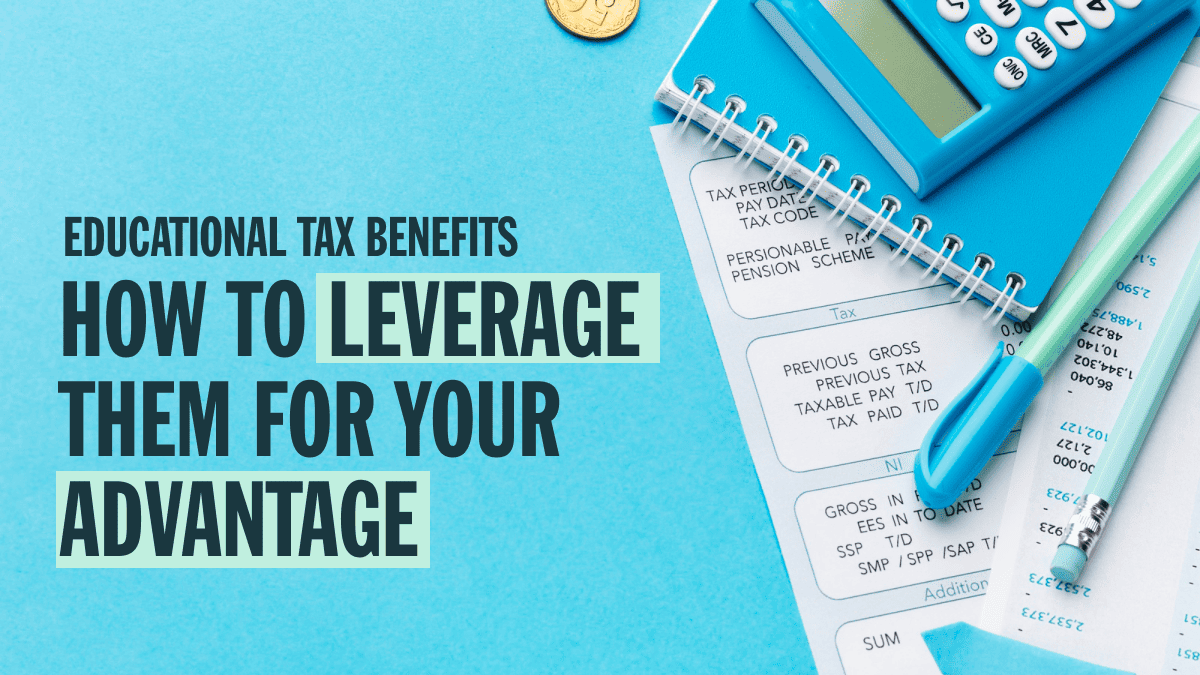The quest for education is often marred by the formidable costs associated with it. However, the United States tax code offers a reprieve through various educational tax benefits designed to make learning more accessible. These benefits, encompassing credits, deductions, and savings plans, serve as a lifeline to students and parents alike, helping to defray the financial burdens of education. This article aims to demystify these tax benefits, offering a roadmap for optimizing educational investments.
Understanding the American Opportunity Tax Credit (AOTC)
The American Opportunity Tax Credit (AOTC) is a cornerstone of educational tax benefits, offering significant relief for undergraduate students and their families. It allows for a credit of up to $2,500 per student per year, covering expenses beyond tuition, such as course materials and any equipment deemed necessary for study. The eligibility criteria stipulate that the student must not have finished the first four years of post-secondary education at the beginning of the tax year, highlighting the credit’s focus on undergraduate education. Additionally, the AOTC is partially refundable—up to $1,000—making it particularly beneficial for lower-income families who might owe less in taxes than the credit amount.
Exploring the Lifetime Learning Credit (LLC)
The Lifetime Learning Credit (LLC) expands the horizon of educational tax benefits to include post-secondary education and courses aimed at acquiring or improving job skills, making it a versatile option for continuous learners. Unlike the AOTC, the LLC does not impose a limit on the number of years it can be claimed, offering up to $2,000 per tax return. This broad applicability makes the LLC an invaluable asset for individuals seeking to enhance their skill set, regardless of their academic pursuit’s stage.
Tuition and Fees Deduction
The tuition and fees deduction serves as a method to reduce taxable income, offering relief up to $4,000 for qualified education expenses. This deduction, applicable to tuition and mandatory fees, provides flexibility for taxpayers who might not qualify for the AOTC or LLC due to income limitations or other criteria. It’s a pivotal consideration for optimizing tax benefits, especially for those in higher income brackets who still face substantial educational expenses.
Student Loan Interest Deduction
In an era where student loans have become a necessary evil, the student loan interest deduction offers solace by allowing borrowers to deduct up to $2,500 of the interest paid on student loans from their taxable income. This deduction is particularly noteworthy for its capacity to reduce the overall tax burden, providing some relief during the often lengthy loan repayment period. Eligibility for this deduction is based on modified adjusted gross income (MAGI), with specific income thresholds determining the deduction amount.
529 Plans and Educational Savings Accounts
529 Plans and Educational Savings Accounts represent a proactive approach to managing educational expenses, offering tax-advantaged savings options for future education costs. Contributions to these plans are not tax-deductible at the federal level, but the investment growth is tax-free when used for qualified educational expenses. This feature makes 529 Plans and ESAs essential tools for long-term educational planning, providing a tax-efficient way to save for education.
Scholarships and Grants
Scholarships and grants are the bedrocks of educational funding, providing necessary financial support without the burden of repayment. The tax treatment of these awards is contingent upon their use; amounts used for tuition and course-related expenses are typically tax-free. However, it’s crucial to understand the tax implications of scholarships and grants fully, as misapplication of these funds can lead to unexpected tax liabilities.
Employer Education Assistance
For employed students, employer education assistance programs offer a dual benefit: the pursuit of education without the accompanying financial strain. These programs, which can exclude up to $5,250 of educational assistance from taxable income, cover a broad spectrum of educational expenses, including tuition, fees, and necessary materials. This benefit not only supports employee development but also fosters a culture of continuous improvement and skill acquisition within the workplace.
Strategies for Maximizing Educational Tax Benefits
Maximizing educational tax benefits requires a strategic approach, blending timing, selection, and coordination of benefits. Understanding the interplay between different tax benefits, such as the AOTC and LLC, and strategically planning educational expenses can lead to significant tax savings. Furthermore, consulting with a tax professional can uncover tailored strategies that align with individual financial situations, ensuring that the benefits are optimized to their fullest potential.
Conclusion
The array of educational tax benefits available offers a beacon of hope for those navigating the financial challenges of education. By understanding and strategically applying these benefits, students and parents can significantly alleviate the burden of educational costs. As we continue to value and invest in education, leveraging these tax benefits becomes not just an option but a necessity for financial sustainability and success.


